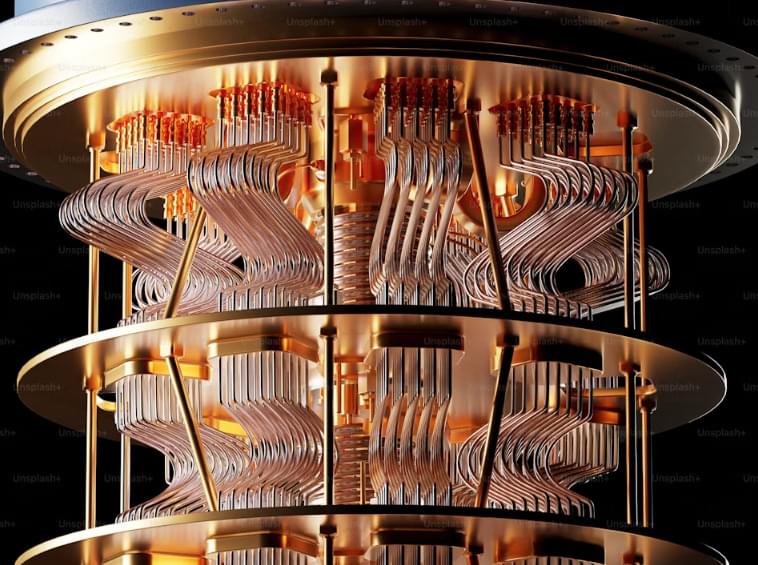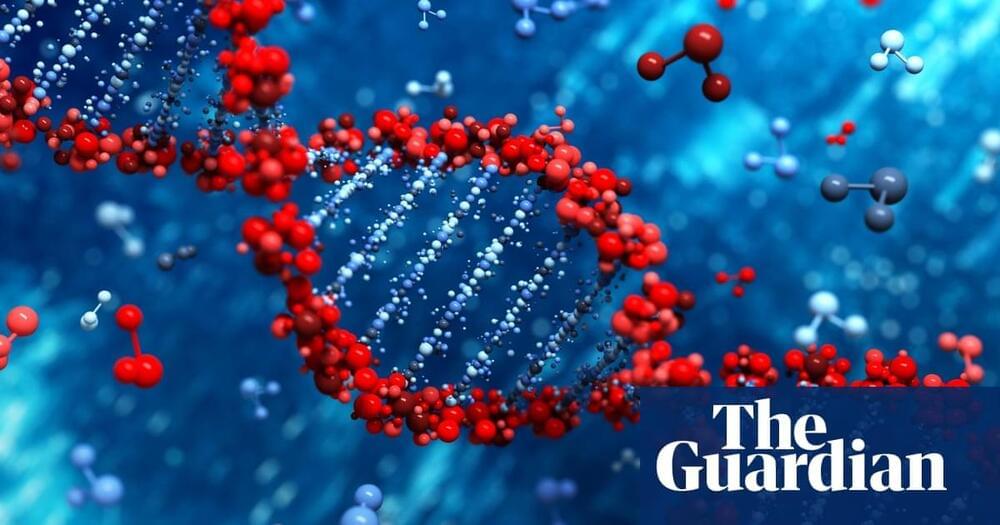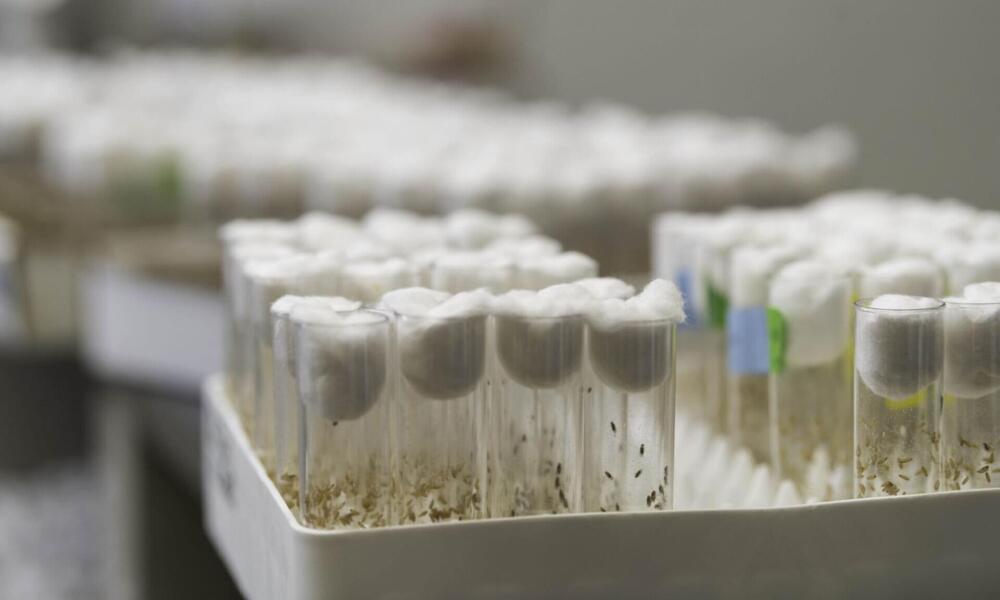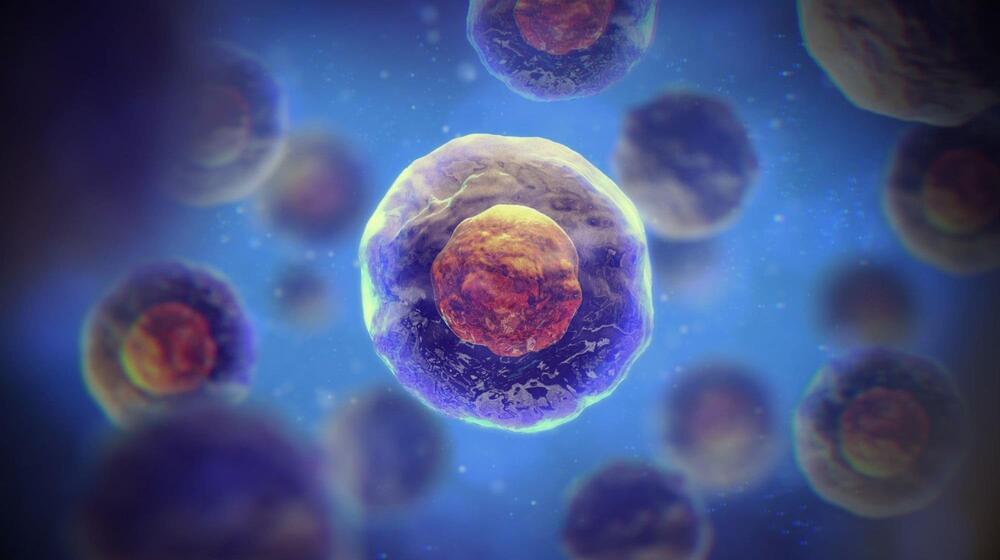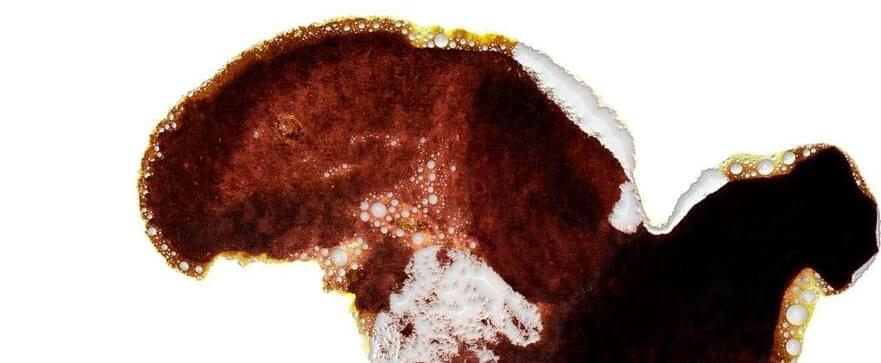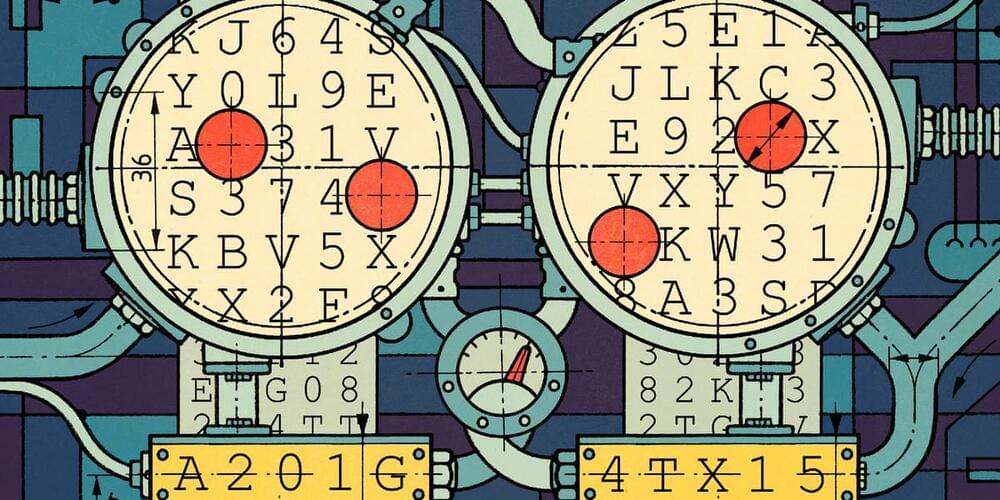Patreon: https://www.patreon.com/seanmcarroll.
Blog post with audio player, show notes, and transcript: https://www.preposterousuniverse.com/podcast/2024/12/09/298-…the-brain/
The number of neurons in the human brain is comparable to the number of stars in the Milky Way galaxy. Unlike the stars, however, in the case of neurons the real action is in how they are directly connected to each other: receiving signals over synapses via their dendrites, and when appropriately triggered, sending signals down the axon to other neurons (glossing over some complications). So a major step in understanding the brain is to map its wiring diagram, or connectome: the complete map of those connections. For a human brain that’s an intimidatingly complex challenge, but important advances have been made on tinier brains. We talk with Jeff Lichtman, a leader in brain mapping, to gauge the current state of progress and what it implies.
Jeff Lichtman received an MD/PhD from Washington University in St. Louis. He is currently the Jeremy R. Knowles Professor of Molecular and Cellular Biology and Santiago Ramón y Cajal Professor of Arts and Sciences at Harvard University. He is co-inventor of the Brainbow system for imaging neurons. He is a member of the National Academy of Sciences.
Mindscape Podcast playlist: https://www.youtube.com/playlist?list=PLrxfgDEc2NxY_fRExpDXr87tzRbPCaA5x.
Sean Carroll channel: https://www.youtube.com/c/seancarroll.
#podcast #ideas #science #philosophy #culture

